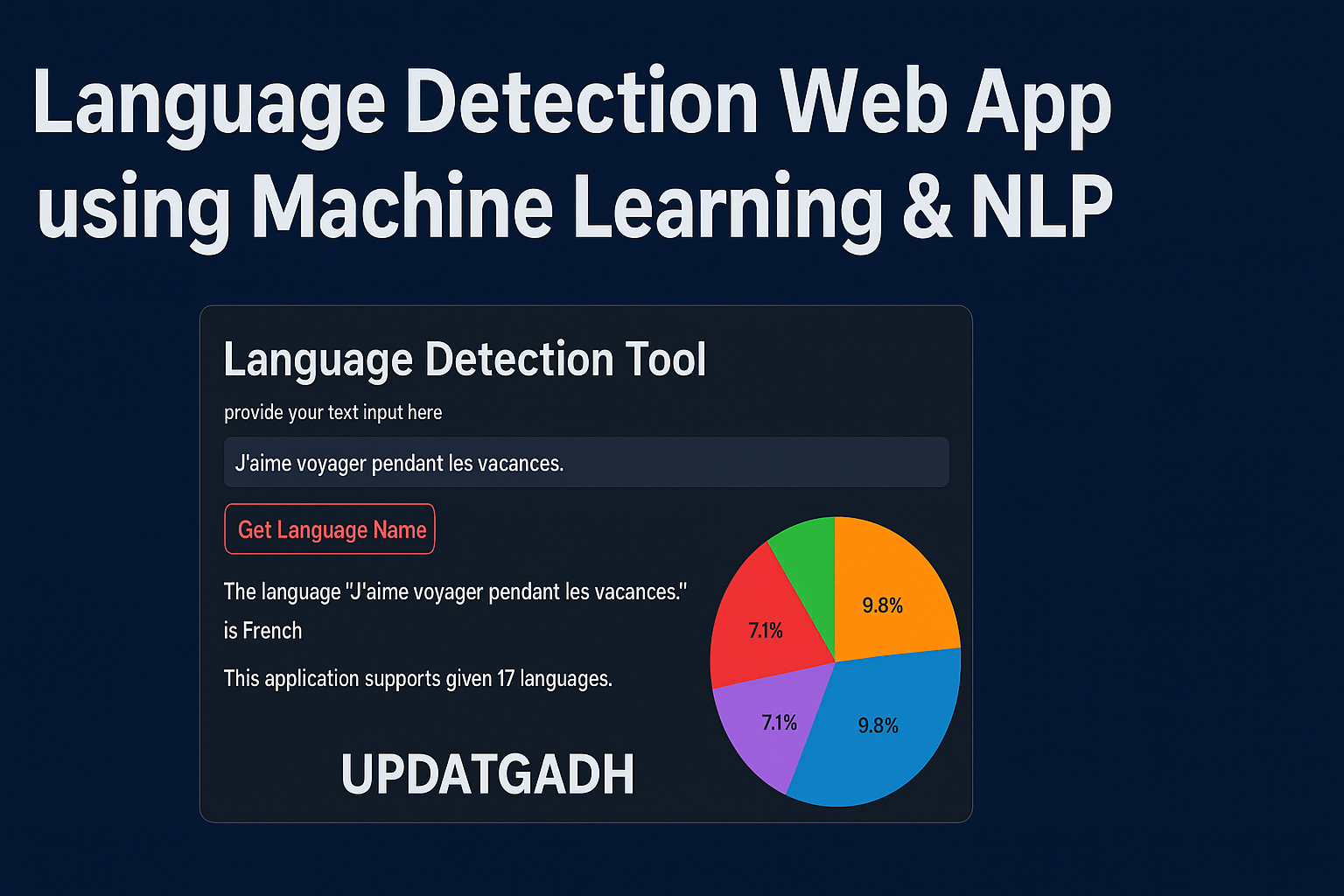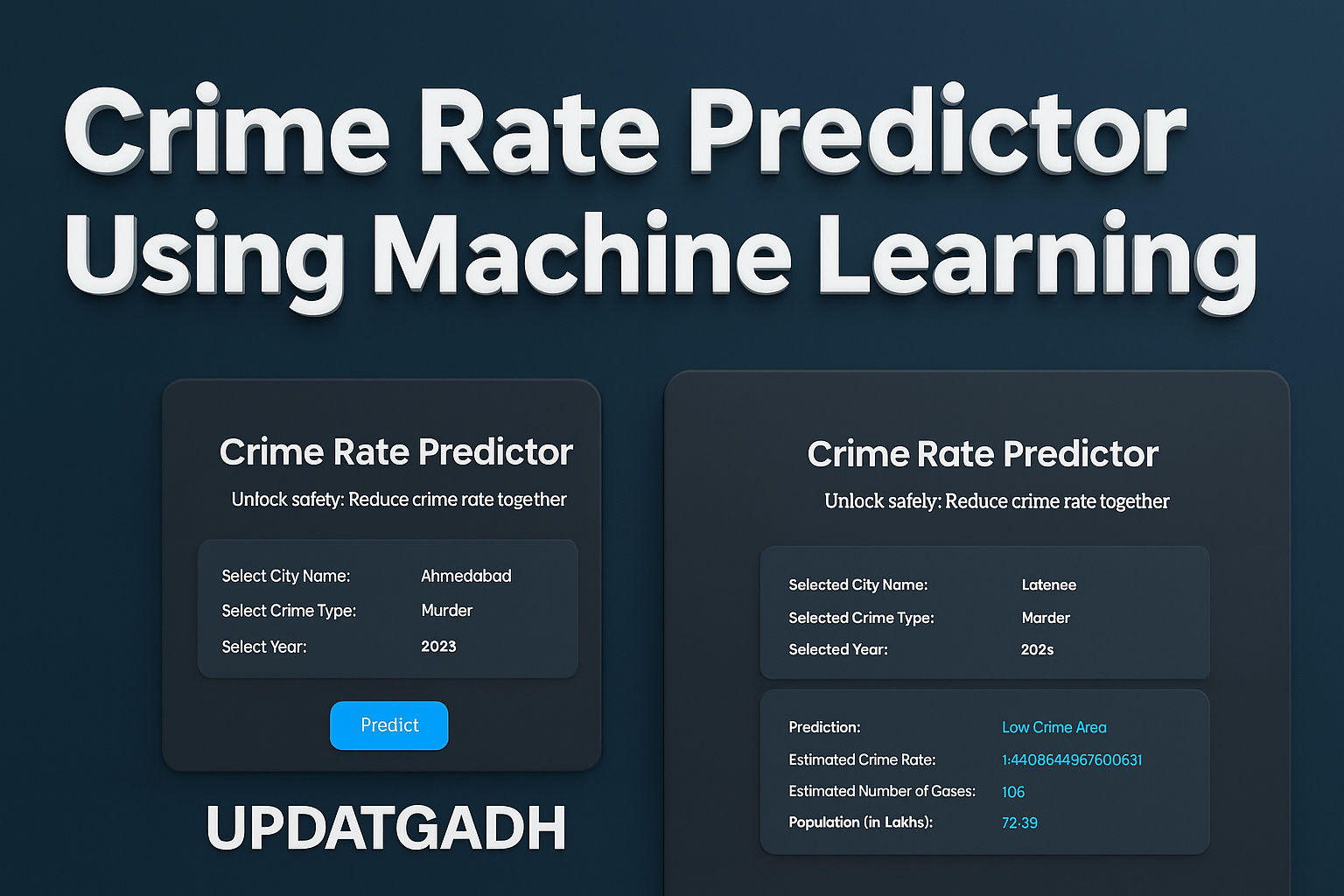

Placement Prediction Using Machine Learning
Placement Prediction
This is a professional-level web application built using Python and Flask. It uses machine learning to predict whether a student will get placed and also estimates the expected salary based on their academic performance and activities.The project is useful for colleges, teachers, and students. It helps them understand placement chances and make better decisions. This tool is a real-world example of how predictive analytics can be used in the recruitment process.
Project Summary Table
| Project Name | Placement and Salary Prediction Using Machine Learning |
|---|---|
| Language/s Used | Python, HTML, CSS |
| Type | Web Application |
Download New Real Time Projects :-Click here
Available Features
- Predict student placement status
- Predict expected salary for placed students
- Real-time prediction through web form
- Visual feedback via graphs (confusion matrix, ROC, etc.)
- Lightweight and portable
Overview
This project uses Random Forest algorithms to build two machine learning models:
- Placement Prediction – whether a student is likely to be placed.
- Salary Prediction – estimated salary for those placed.
The system is deployed through a Flask web application where users can input student attributes and get real-time predictions.
Dataset Description
Two CSV datasets are used:
Placement_Prediction_data.csvSalary_prediction_data.csv
Each includes student information such as:
- CGPA (Cumulative Grade Point Average)
- Internship experience
- Hackathon participation
- Skills and other relevant features
Project Structure
Placement_Prediction_Using_Machine-Learning/
│
├── app.py # Flask application
├── Placement_Prediction.py # Placement model training
├── Salary_prediction.py # Salary model training
├── model.pkl # Trained placement model
├── model1.pkl # Trained salary model
├── preprocessing.ipynb # Data preprocessing notebook
├── Placement_Prediction_data.csv # Placement dataset
├── Salary_prediction_data.csv # Salary dataset
├── requirements.txt # Python package list
│
├── static/
│ ├── css/ # Stylesheets
│ └── images/ # Confusion matrix, ROC, etc.
│
└── templates/ # HTML pages for the Flask UI
Data Preprocessing
Done in preprocessing.ipynb, preprocessing includes:
- Handling missing values
- Encoding categorical data
- Feature scaling
- Feature selection
Model Training
Two separate Random Forest Classifiers are trained:
- Placement Classifier – Predicts whether the student will be placed.
- Salary Regressor – Predicts salary (only for placed students).
Steps:
- Data split into training/testing sets
- Model training
- Hyperparameter optimization (if needed)
We have projects Available in all languages:–Click Here
placement and salary prediction using machine learning github student placement-prediction using machine learning github placement and salary prediction using machine learning pdf placement and salary prediction using machine learning python placement and salary prediction using machine learning geeksforgeek salary-prediction using machine learning github placement and salary prediction using machine learning example salary prediction using machine learning project report student placement prediction using machine learning github student placement prediction using machine learning project report student placement prediction using machine learning source code student placement prediction using machine learning research paper placement prediction dataset placement prediction dataset kaggle placement prediction using logistic regression placement prediction research paper placement prediction using machine learning github placement prediction using machine learning ppt placement prediction using machine learning pdf placement prediction using machine learning in python













Post Comment